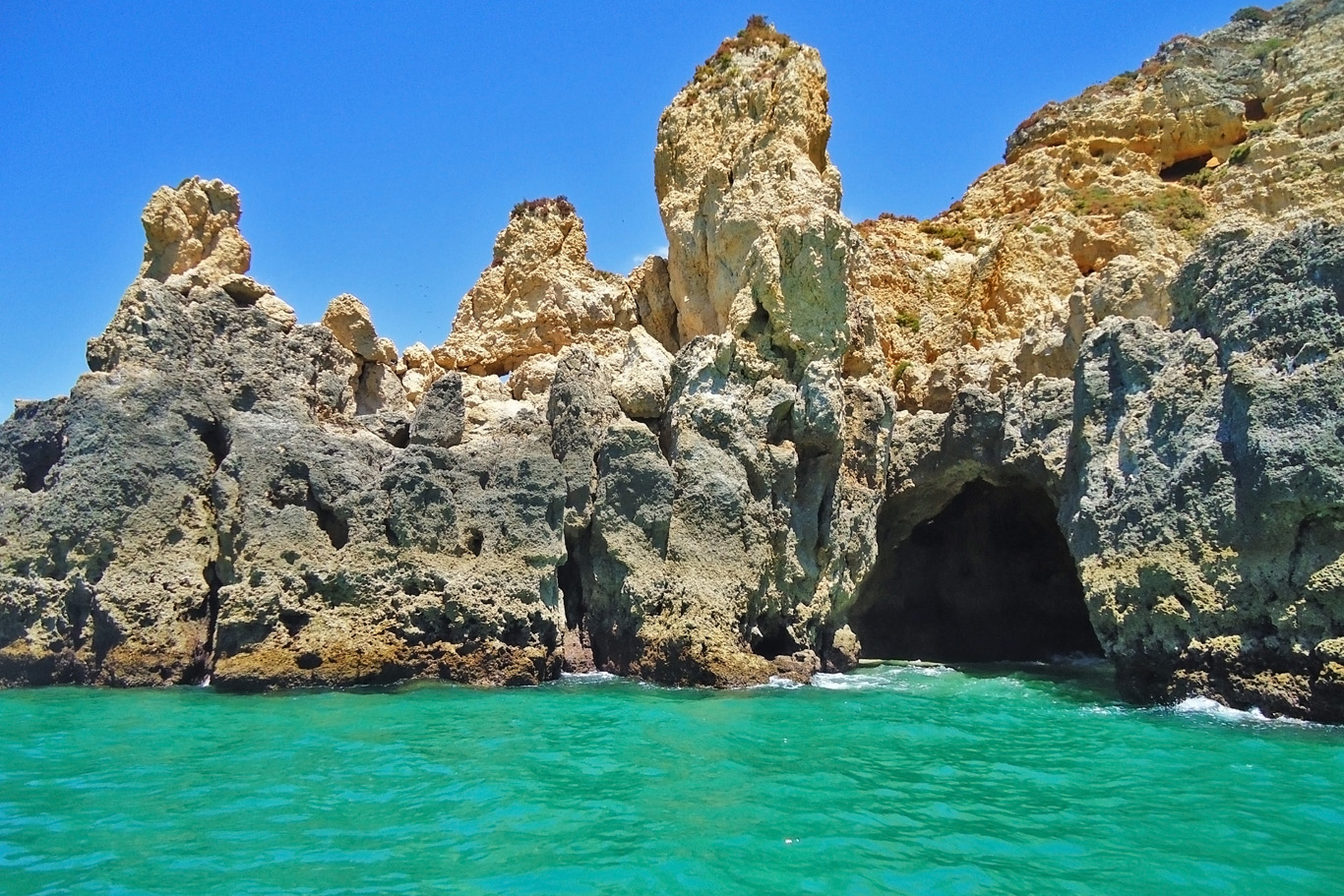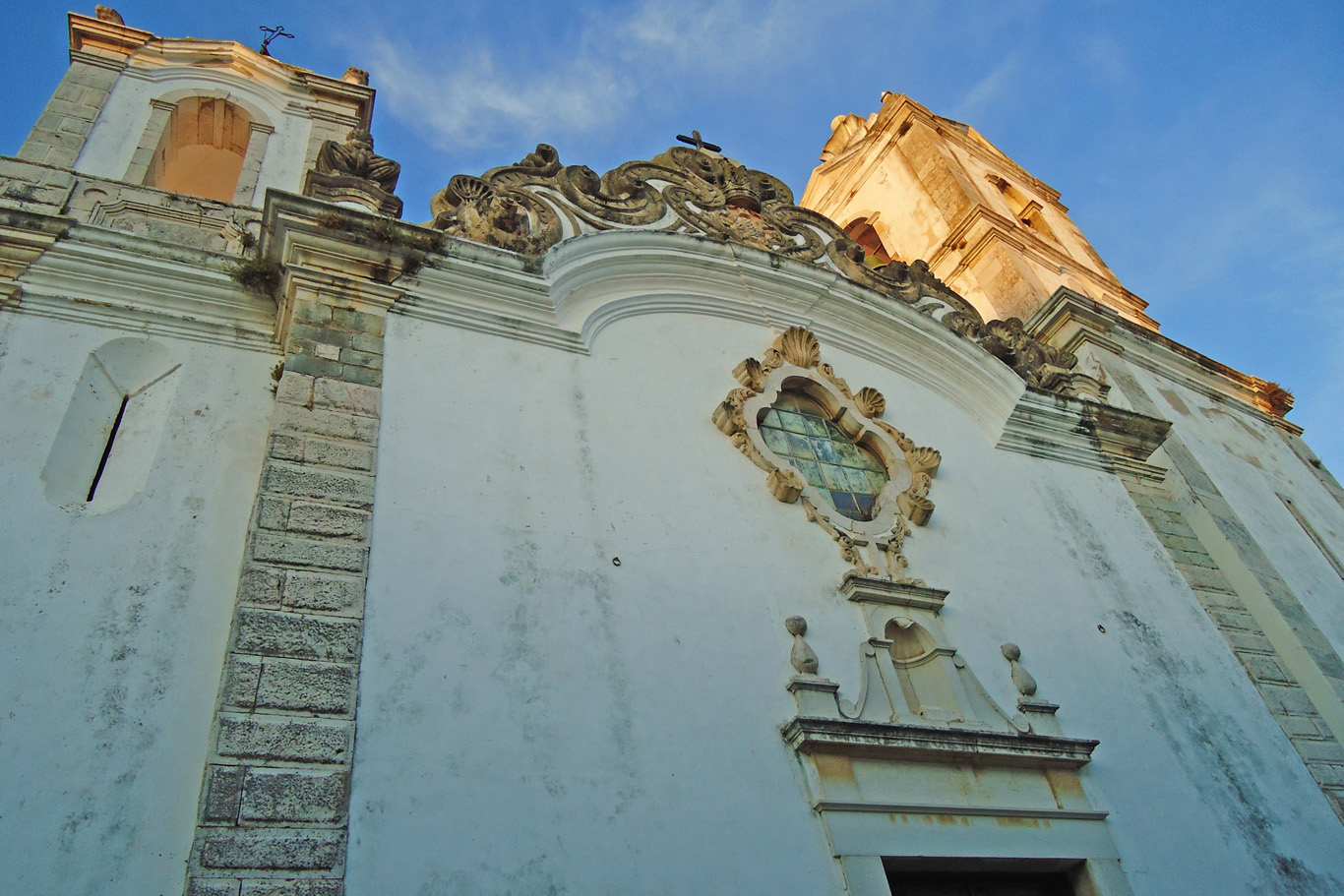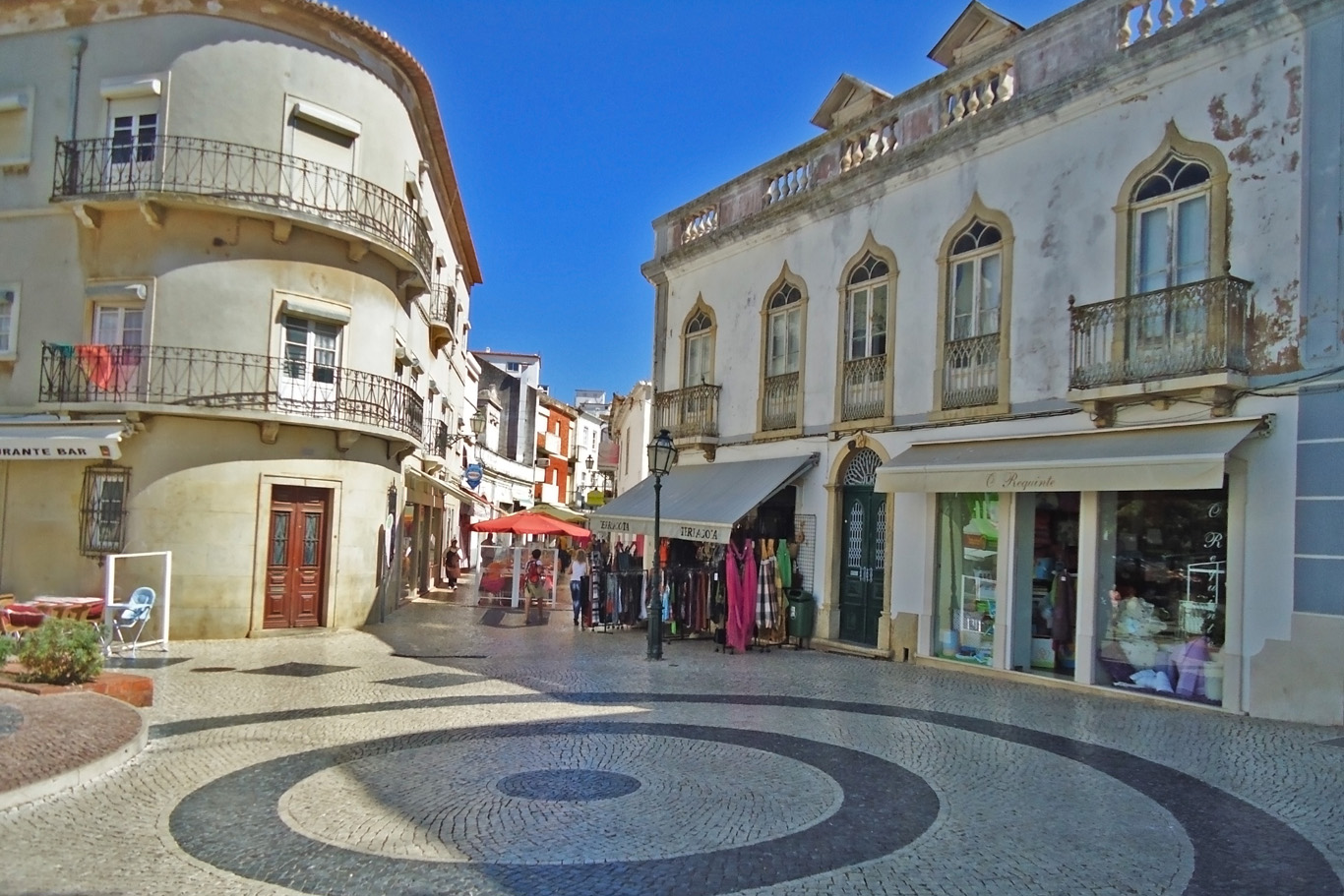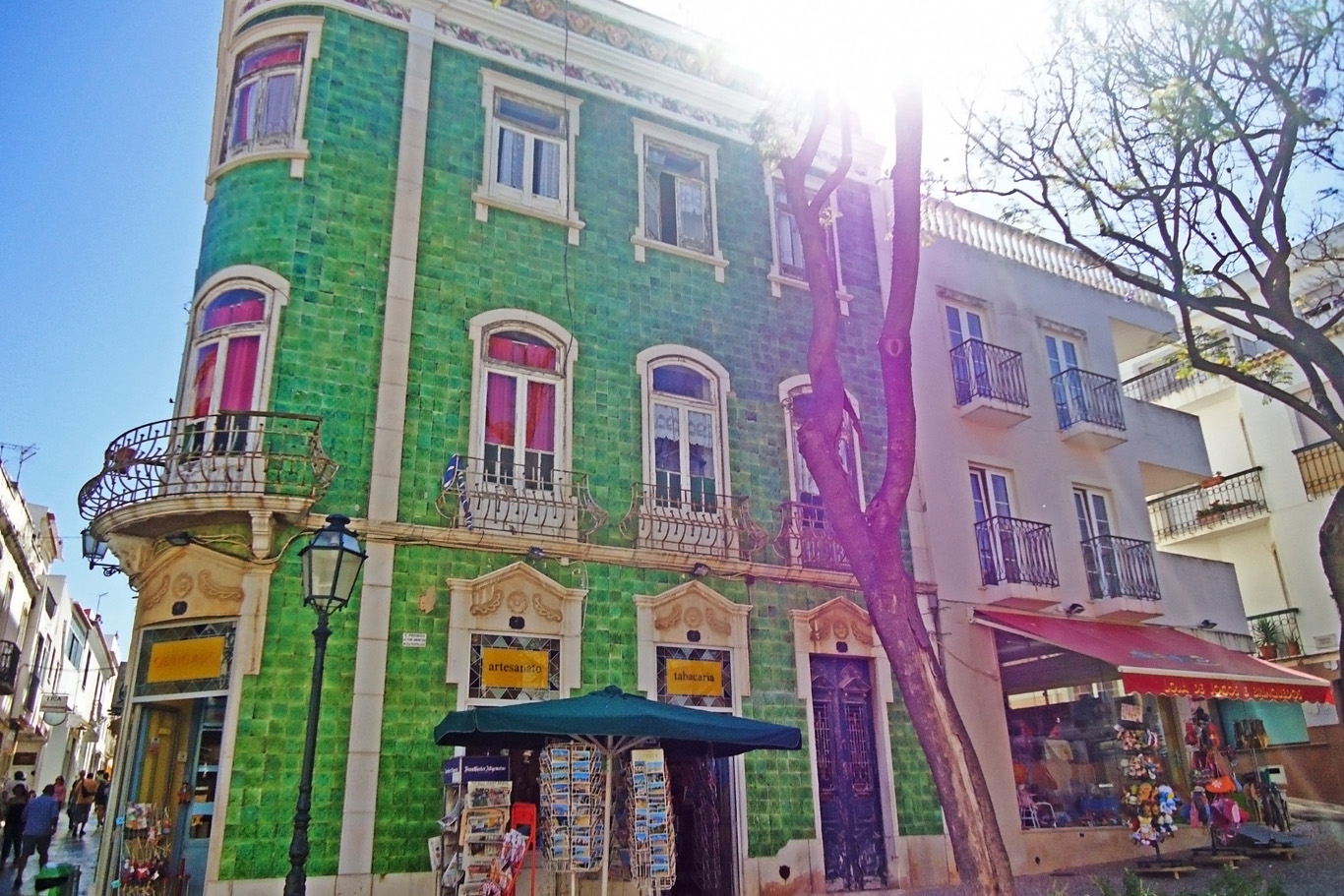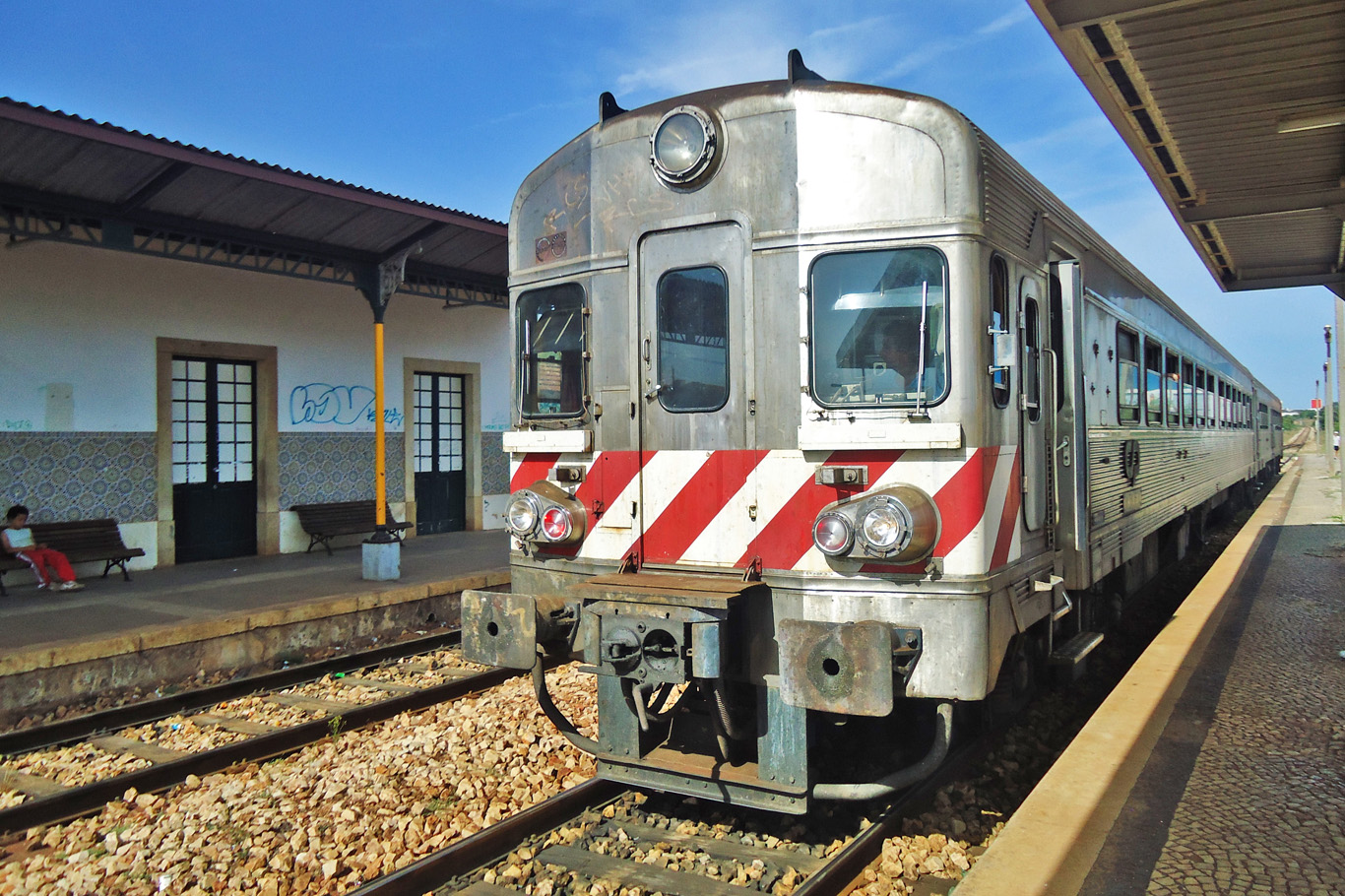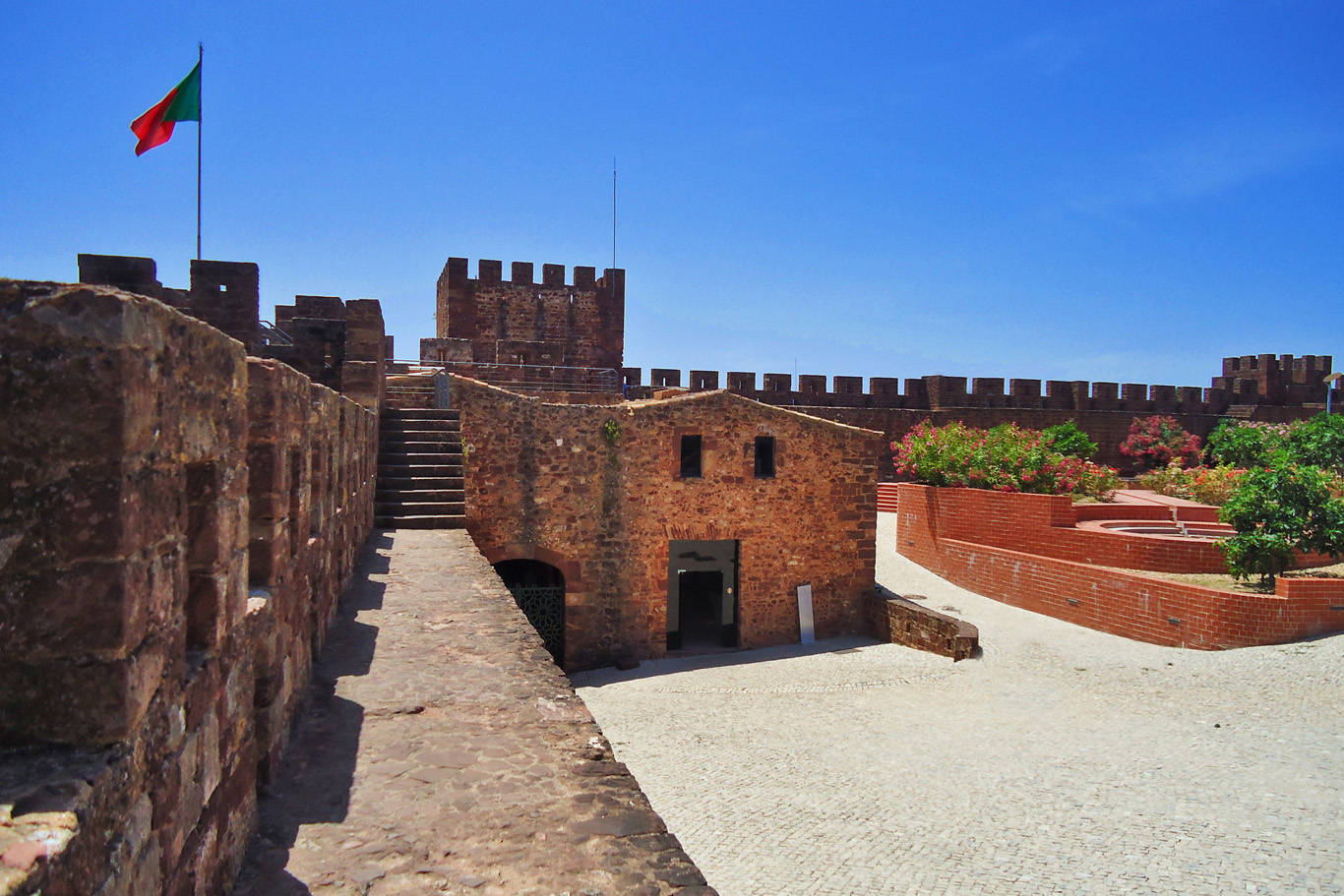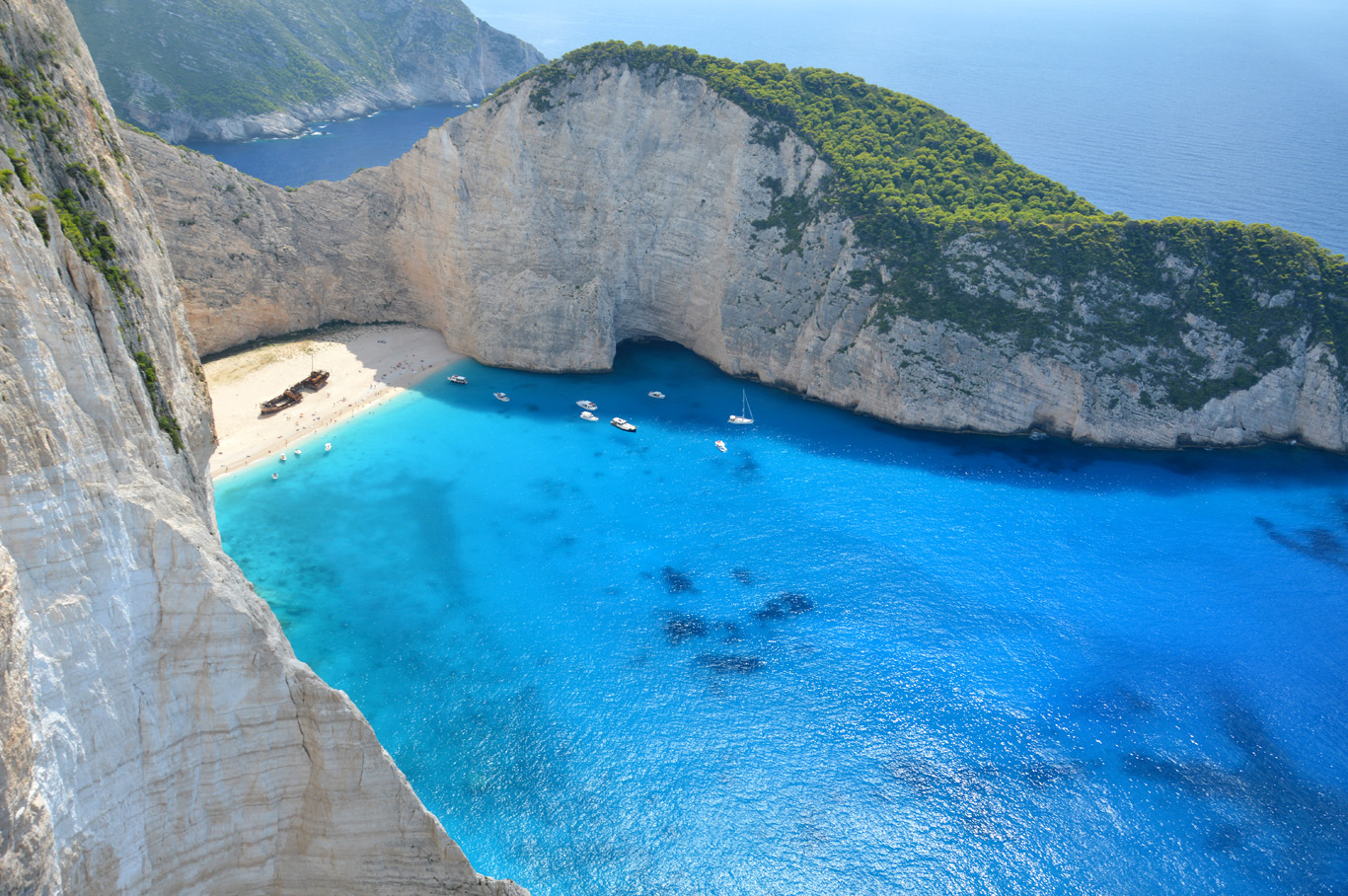Algarve is the southernmost region of Portugal - the place where Europe ends. In fact, people living there during medieval times believed that the most south-westerly point of the area was the place where the world ended.
Algarve is the most popular tourist destination in Portugal and also one of the most popular holiday places in western Europe. In some places, it's easier to meet a German or British person than a local. It's the beautiful weather, amazing beaches with crystal-clear water, excellent food and spectacular views that attracts tourists here. But if you are looking for something else than only lying on the beach, the region can offer many activities at very reasonable prices. There are also many extraordinary places to visit, so you will not be bored.
Cliffs at Lagos
Cliffs at Lagos
Cliffs at Algarve
How to get to Algarve
Getting to Algarve is not difficult if you are traveling from Europe. The airport is located in Faro. There are many direct flights from most of European cities and it takes maximum 3 hours to get there from anywhere in Europe. Unfortunately, there are no direct flights from outside of the European continent. Driving time from Lisbon to Lagos is about 2 hours 30 minutes and from Seville in Spain - 2 hours.
If you arrive at the airport in Faro and want to travel to Lagos, you have a few options: a taxi (around 1 hour drive, 80-90 EUR), or take a bus from the airport to Faro city center and then take a train or bus from Faro to Lagos.
More information on this website: http://www.faroairport.co/faro-airport-buses.htm
Cathedral in Lagos
Dolphins near Lagos
What to visit in Algarve
Lagos
I started my trip in Lagos, a picturesque and quite a small but charming town at the southern coast of Portugal. Its history is 2000 years old and there are multiple beautiful old churches and museums to visit. The architecture is imposing, it's easy to notice European and oriental influences mixed within the old town center. The streets themselves are a piece of art, colorful cobblestones are arranged in impressive mosaics. All main attractions are readily available within a walking distance.
Lagos old town
Lagos
Lagos
There are many cozy outdoor restaurants in the town center and along the beach. Food is excellent so is service. And the prices are even more excellent. You can buy a nice meal for as little as 10 EUR. In many places, it is possible to choose from an aquarium, which fish you would like to get on your plate. Before the meal, there's a little starter served: bread, butter and olive oil, and, unless you say you don't want it, you will have to pay for it even if you didn't order it.
I was staying in Lagos in June and during the day it was really hot, up to 40 degrees Celsius. However, the evening brought a cool breeze from the sea and the nights were quite chilly.
Apart from the enthralling old town and the beaches, in the close vicinity of Lagos, there are bright, light brown to orange in color cliffs that amazingly contrast with the clear, turquoise waters. There are multiple tour agencies around the pier that sell boat trips (for a very good price, around 12 EUR per person) that go around the cliffs by boat. It is a great experience, especially because you will be able to get inside the caves carved into the cliffs by water and also you can jump off the boat and swim around. Another type of an excursion available is a speedboat trip around the bay to see dolphins. They usually come really close to the boat and you can almost touch them. If you are lucky, you can also spot whales.
Lagos
Silves
After a few days stay in Lagos, I decided to explore the region a little bit more and I set out on a trip to Silves.
I took a train from the railway station in Lagos and it wasn't the best idea. The train is quite slow, in the afternoon it's terribly hot and there's no air conditioning. It's better to take a bus which is comfortable and air-conditioned.
Silves
Silves
Train station in Silves
Silves is a very small, charming and even more colorful and picturesque town than Lagos. When you travel to Silves by train, you have to be aware the station, that looks a bit dodgy and abandoned, is a bit far from the town itself. However, there's a shuttle bus that goes to Silves so you should take it right away after you get off the train because it leaves quickly and there's no information about it. I missed that bus and was forced to walk a few kilometers in sweltering heat of nearly 40 degrees Celsius.
By the time I'd gotten to Silves it was already afternoon and the time of siesta. The town looked completely deserted and but I was able to find an open restaurant that served excellent food. After the meal, I strolled down the narrow town's streets, visited the museum with many interesting ancient artifacts, the cathedral of Silves and the castle of Silves with its oldest parts that date back to the 8th century.
The town is very small and one day is more than enough for a visit.
The castle in Silves
Silves
Sagres
The next day, I decided to travel more to the west and visit Sagres. This time I took a public bus which was a very good choice.
The town of Sagres lies right at the most south-westerly point of the Algarve. There are 16th century ruins of the fortress nearby. The location provides amazing views over the coast and cliffs and the breeze from the sea shields from the heat. It is the windiest area of the region. There is also a museum on the site and many information points on how the idea about the continents changed during the colonial period. There's a short trail along the cliffs and a few nice, sandy beaches with very few tourists, so if you don't like crowds, it's a perfect place for you.
Canons at the fort in Sagres
Quiet beach in Sagres
Old church in Sagres
Related Posts
Copying without permission is not allowed. If you wish to use any of the site's content (photos or text) or work with us, please contact us.
We welcome questions, advice, support or criticism. However, spam comments will be removed.




